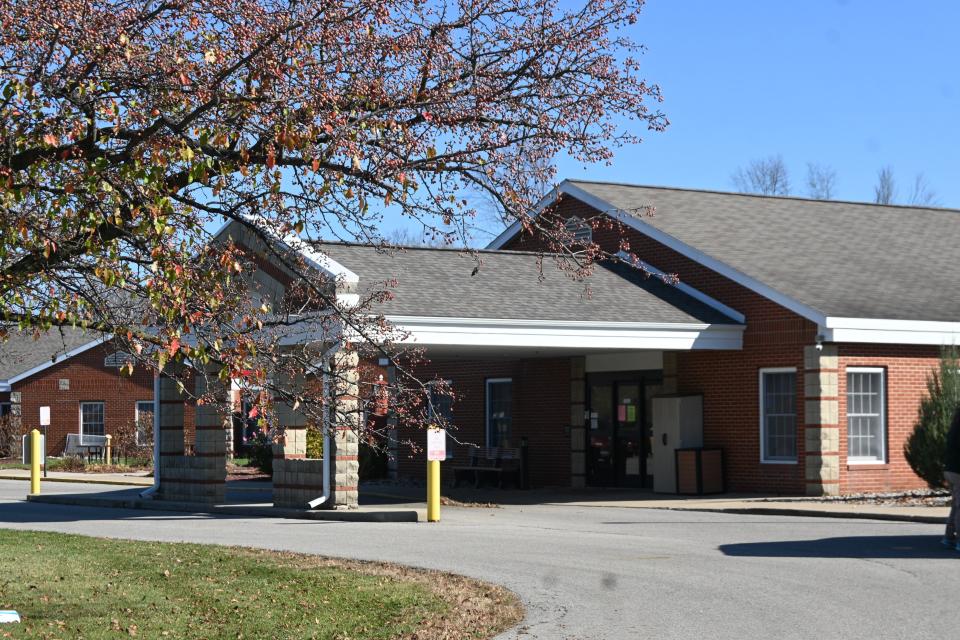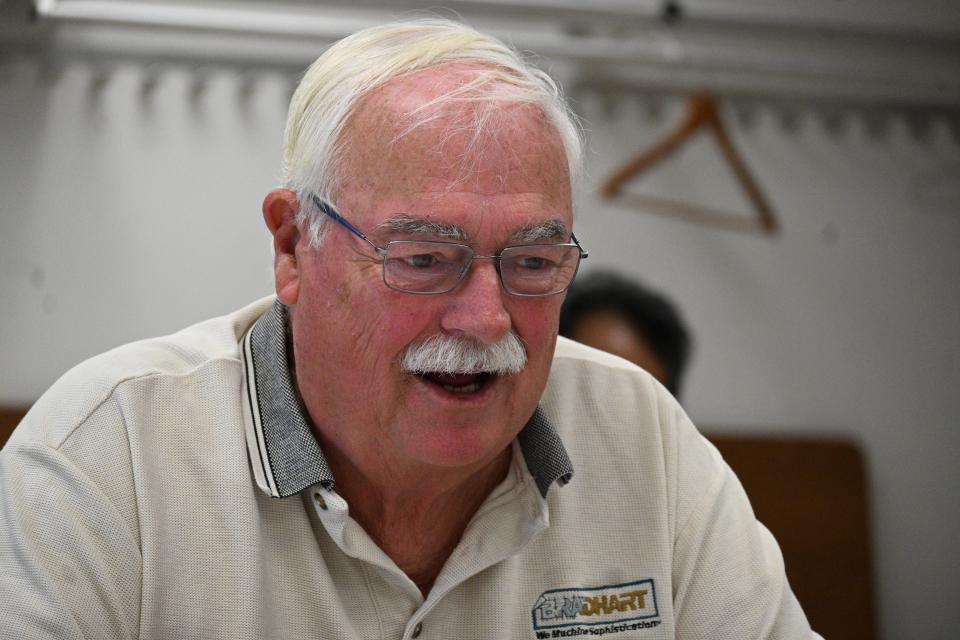After county-owned Maple Lawn's millage failed, officials plot next steps
BRANCH COUNTY — A county-owned nursing home continues to hold its with cash flow month to month, but its long-term financially viability is uncertain after voters balked at five-year millage that would have supported the facility.
Early payments from the state kept Maple Lawn Medical Care Facility with a positive cash balance through October controller Jessica Worden reported to the board Tuesday.
Voters turned down a five-year .99 millage Nov. 8 that would have provided long-term funding for the financially troubled county-owned nursing home. The tax would have generated $1.656 million per year, or $8.28 million over five years.
The state is seeking repayment of $874,976 in Medicaid funds based on reduced occupancy during COVID-19 for the past two years.

Before the state agreed to delay repayments, Maple Lawn Administrator Jayne Sabaitis went to the Branch County Commission and received permission to borrow up to $1 million in American Rescue Plan funds to cover cash flow to keep paying employees and expenses. She has not yet needed that county money.
“I could have taken it, but it would have sat in our account,” she said.
As for the millage, Sabaitis said she could have marketed it differently.
“I know, times are tough. I know nobody wants to pay more taxes if they don't have to," she said. "I think people who have had residents here at this facility are very supportive of it.”
More:Maple Lawn millage defeated; Weigt named to board
In 2016, the Branch County commission approved $9.96 million in 30-year revenue bonds to add 31 more private rooms and completely renovate the nursing home — even though it had lost money in four of its previous seven years. Maple Lawn is using Medicare, Medicaid and federal reimbursement — which comprise about 90 percent of its revenues — to make those payments.
“Well, fortunately, or unfortunately, we had just completed that building project and put about $1.5 million of our own money into that building project," Sabaitis told her board. "Had we not done that, would we be in a better cash position? Absolutely.”
“The cash on hand at the end of October was $795,533,” Worden said. “This is a $445,267 increase over last month.”
Board member Paul Winbigler asked Sabaitis to put together a cost-reduction plan for the board to review. Sabaitis said she would update the plan she prepared. Her goal is to retain staff and provide excellent care for clients.

“Because that’s $3.6 million that were estimated to receive, which would really put us in a pretty good position going forward. So, we need to be able to maintain the status quo getting to that we do have $1 million that the commissioners did approve for us. I'd prefer not to use it if we don't have to,” she said.
Maple Lawn applied for federal COVID-19 relief at the end of September, $3.6 million in Employee Retention Credits.
Sabaitis told the board the accounts are telling staff it could take 12-18 months to process the claim “because of the number of claims that have been filed. That could change either way. I don't have any indication.”
“The cash on hand increased significantly due to some advance payments from the state for October, November and December," she explained. "It was about $360,000.” Some of that must be paid back to the state after a reconciliation of Medicaid patient days at Maple Lawn.
Sabaitis said Maple Lawn did not calculate the reimbursement rate for the Oct. 1 state fiscal year last year until Jan. 22. She estimated it would be $68,000 a month.
The administrator said accountant Plant-Moran “is anticipating the state is going to go back and look at our 2020 and 2021 Cost Reports and possibly update our rates based on those costs.”
That could cut the repayment. The state increased Medicaid repayments by only 2.5% for each of those years without a review. Even with state and federal funds to cover COVID-19-related costs, Sabaitis believes actual costs were higher than the state estimated.
For the year, Maple Lawn remains $1.73 million in the red. Through October, revenues were $10,671,375. The year-to-date expenditures were $12,405,254.
Subscribe Follow Maple Lawn finances. Subscribe to the Daily Reporter
Sabaitis explained, although the number of patient beds is 114, the facility must hold 17 beds out-of-service to meet state requirements of 85% occupancy to meet state Medicaid requirements. Attempts to lower the required rate were not successful.
“We had 22 beds offline for the first six months of the year. We've reduced it to 17 for the last six months of the year.”
The other problem with increasing the number of patients is a lack of staff. Nursing Director Lorraine Akers said it would take a minimum of 30 more certified nursing assistants and approximately four more nurses.
There are now eight CNAs in training through Glen Oaks Community College. Maple Lawn paid $1,200 for the three-week course and bought them scrubs and books. In return, they will work at the facility for a year. The center also pays for their state certification test.
Sabaitis said the next classes do not start until January.
— Contact Don Reid: dReid@Gannett.com. Follow him on Twitter: @DReidTDR.
This article originally appeared on Coldwater Daily Reporter: Maple Lawn nursing facility holding on financially after voters turn down millage

